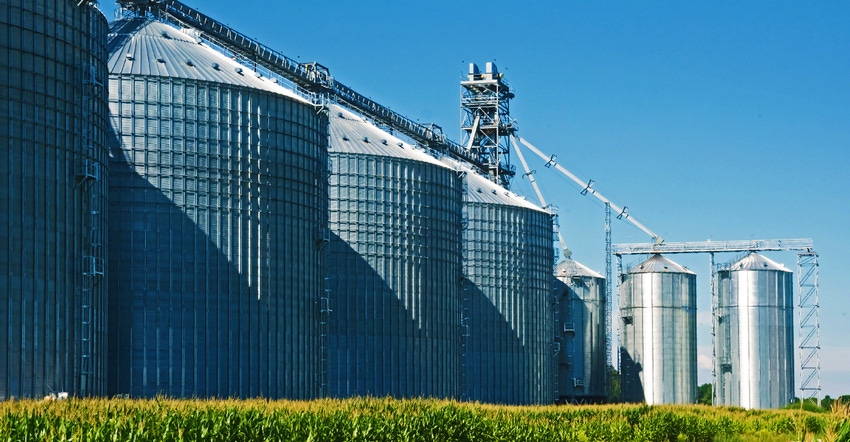December 7, 2020

If you’re one of an estimated 250 farm families who did business with Salamonie Mills or the Agland Grain elevator in northeast Indiana, you know all too well why it’s important to understand the ins and outs of Indiana’s grain warehouse laws and regulations. For everyone else, what you need to know is that due to an elevator failure, hundreds of farmers aren’t sure when or how much they will get paid for grain sold to the elevator, on storage or on deferred pricing.
Issues surrounding this failure are making it clear that grain warehouse licensing statutes related to how grain elevators are audited, and how potential signs of difficulty are recognized and when, need to be revisited.
“Our local Farm Bureau folks, both members and regional staff, have done an excellent job of keeping us informed,” says Jeff Cummins, associate director of policy engagement for Indiana Farm Bureau. “We’ve also discussed the situation with several legislators who represent those communities. It’s become clear that certain areas of the statute should be updated to make the process more transparent.”
In fact, Cummins helped draft legislation that legislators intend to introduce this session. They will seek to make the changes retroactive so more farmers could be helped through the grain indemnity fund in the current case.
Quick primer
Wait a minute. You thought the grain indemnity fund, established some four decades ago, paid farmers left holding the bag after an elevator bankruptcy. The short answer is “yes, but …,” Cummins says.
The grain indemnity fund itself is in excellent shape. No collections have been necessary through a farmer checkoff for several years, Cummins says. The “but” appears because there are laws that govern how and when indemnity funds are paid. When an elevator fails, the first task is for the Indiana Grain Buyers and Warehouse Licensing Agency to take control of remaining grain assets and pay farmers and creditors from those assets. Then the indemnity fund kicks in to pay farmers still owed money.
There are two important caveats, however, Cummins notes. If a person had grain on storage, they’re paid at 100%. If it was on deferred pricing, or DP, they’re only paid at 80%. Plus, if their claim is older than 15 months from the official date of failure, they can’t collect.
“When the fund was created, legislators assumed that if farmers were using DP, where the elevator actually took title of the grain, or leaving grain for more than 15 months, they were responsible for some risk,” Cummins explains.
Those parts of the law won’t change. However, what’s central to the current Salamonie Mills failure is if Indiana grain warehouse licensing auditors should have caught signs of failure sooner. An earlier failure date, by anywhere from three to six months, would prevent more farmers from being left in the cold due to the 15-month cutoff. The failure date also affects the corn price for people who receive payment.
It’s a complicated story, and what you’ve read is only the tip of the iceberg. Hopefully, your interest about making sure you can trust the process is raised. Follow the legislative process, learn more about the issues, and ask your representatives to help correct an unfortunate situation.
Comments? Email [email protected].
You May Also Like




